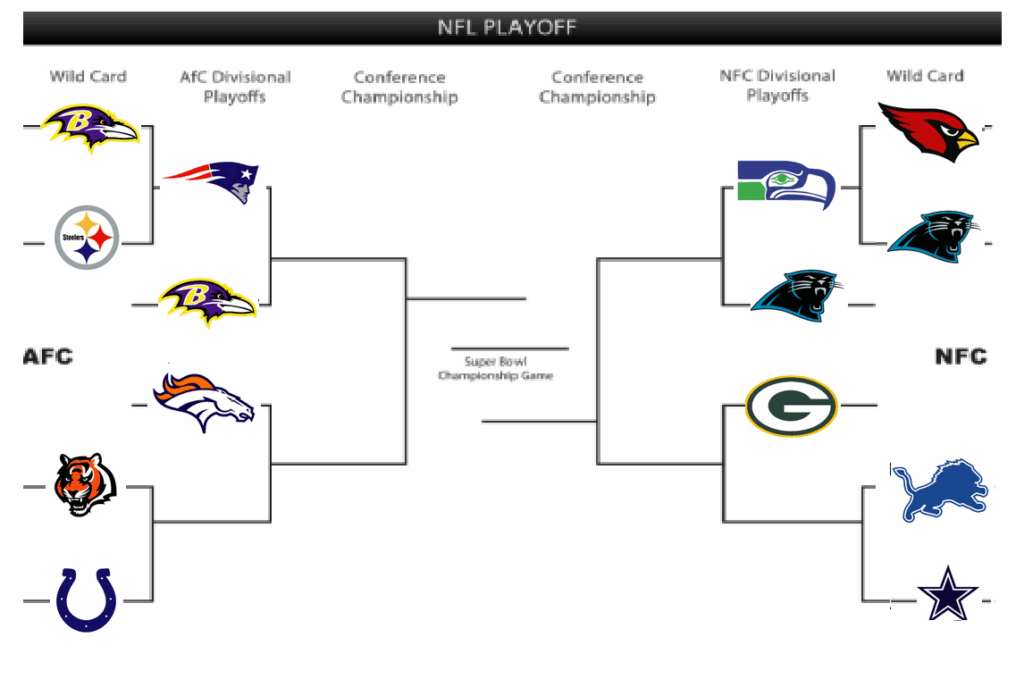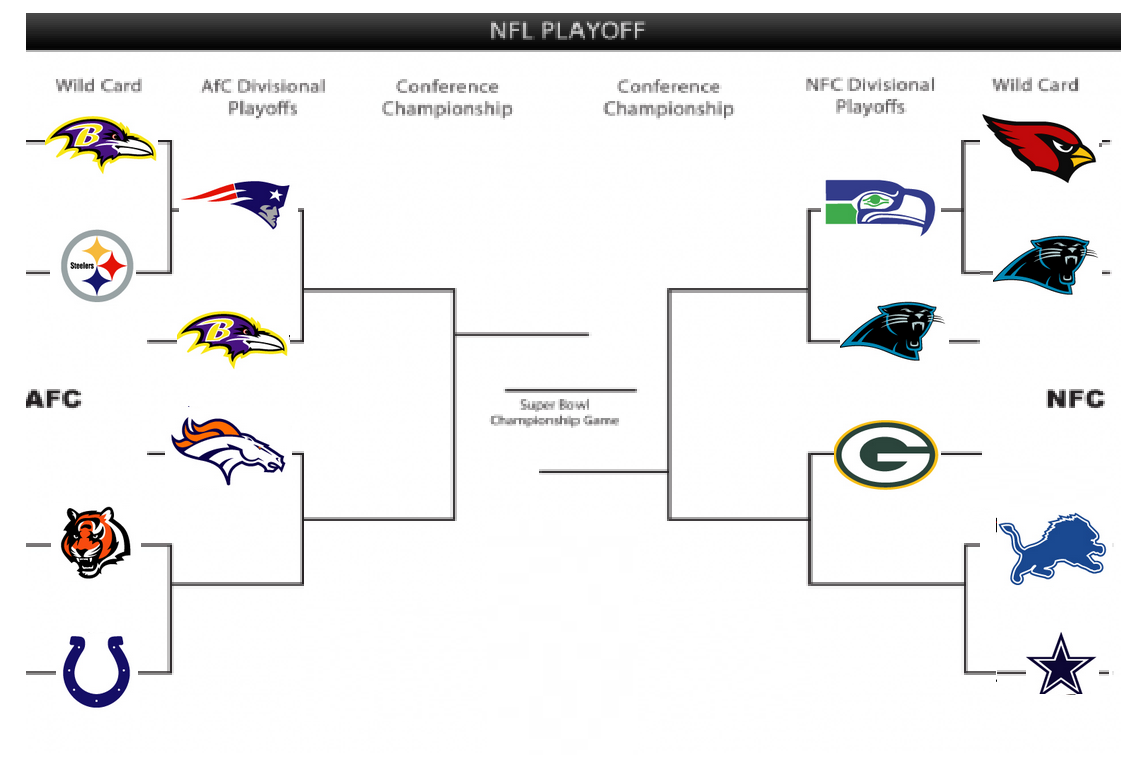
Navigating the Thrill of Sport Brackets: A Comprehensive Guide
Sport brackets are a ubiquitous part of the sports landscape, especially during major tournaments like March Madness, the FIFA World Cup, and various professional league playoffs. These brackets, often filled out by millions of fans, represent a collective attempt to predict the outcomes of sporting events. More than just a game of chance, understanding sport brackets involves a blend of statistical analysis, team knowledge, and a healthy dose of luck. This guide will delve into the intricacies of sport brackets, exploring their history, strategies for success, and the cultural phenomenon they represent.
The History and Evolution of Sport Brackets
While the exact origins of sport brackets are difficult to pinpoint, their modern popularity can be traced back to the rise of NCAA basketball’s March Madness. The tournament, which pits 68 college teams against each other in a single-elimination format, provides the perfect structure for bracket-based predictions. Early forms of sport brackets were often informal office pools, but as the internet gained prominence, online bracket contests emerged, transforming the hobby into a widespread phenomenon. Today, major sports networks and websites host bracket challenges with substantial prizes, further fueling the popularity of sport brackets.
From Office Pools to Online Platforms
The evolution of sport brackets reflects the changing landscape of sports fandom. In the past, filling out a bracket was a localized activity, often confined to workplaces or groups of friends. The internet democratized the process, allowing anyone with a connection to participate in large-scale contests. Online platforms provide tools for tracking scores, analyzing data, and comparing brackets with millions of other participants. This accessibility has made sport brackets an integral part of the sports viewing experience for many fans.
Understanding the Basics of Sport Brackets
At their core, sport brackets are visual representations of a tournament’s structure. Each team is placed in a predetermined position, and participants attempt to predict the winner of each game. The bracket progresses as teams are eliminated, culminating in a final championship game. The most common scoring system awards points for each correct pick, with later rounds typically worth more points. However, various scoring systems exist, adding complexity to the strategy involved in filling out a sport bracket.
Common Tournament Formats
While March Madness is the most well-known example, sport brackets can be applied to a variety of tournaments. Single-elimination tournaments are the most straightforward, but other formats, such as double-elimination or round-robin, can also be adapted for bracket-based predictions. Understanding the specific rules and format of a tournament is crucial for developing an effective bracket strategy. For example, in a double-elimination tournament, a team can lose one game and still have a chance to win the championship, which can influence bracket picks.
Strategies for Filling Out Sport Brackets
While luck inevitably plays a role, there are several strategies that can improve your chances of success in sport bracket contests. These strategies range from basic statistical analysis to more advanced techniques that consider factors such as team matchups, player injuries, and coaching strategies.
Statistical Analysis and Team Rankings
A fundamental approach to filling out sport brackets involves analyzing team statistics and rankings. Metrics such as points per game, field goal percentage, and defensive efficiency can provide valuable insights into a team’s strengths and weaknesses. Utilizing established ranking systems, such as the AP Top 25 or the NCAA Evaluation Tool (NET), can also help identify potential upsets and predict which teams are most likely to advance deep into the tournament. However, it’s important to remember that statistics don’t tell the whole story, and other factors can influence game outcomes.
Considering Matchups and Player Injuries
Beyond basic statistics, analyzing specific matchups is crucial for making informed bracket picks. Understanding how teams match up against each other, considering factors such as offensive and defensive styles, can provide a more nuanced perspective. Player injuries can also significantly impact a team’s performance, so staying informed about the health status of key players is essential. A star player’s absence can drastically alter a team’s chances, making it important to adjust bracket picks accordingly.
Identifying Potential Upsets
One of the most exciting aspects of sport brackets is the potential for upsets. Predicting which lower-seeded teams will defeat higher-seeded opponents is crucial for scoring well in bracket contests. While it’s tempting to pick numerous upsets, it’s important to be realistic. Historically, certain seed matchups are more prone to upsets than others. For example, a 12-seed defeating a 5-seed is a relatively common occurrence in March Madness. Identifying these potential upset opportunities and making calculated risks can significantly improve your bracket’s performance. [See also: Predicting March Madness Upsets]
The Importance of Bracket Pool Strategy
Your strategy should also consider the specific rules and scoring system of your bracket pool. Different pools may award points differently for each round, which can influence your picking strategy. For example, if later rounds are worth significantly more points, it may be beneficial to focus on predicting the Final Four and championship game correctly, even if it means sacrificing some early-round picks. Understanding the nuances of your bracket pool’s scoring system is essential for maximizing your chances of winning.
The Psychology of Sport Brackets
Beyond the statistical analysis and strategic considerations, the psychology of sport brackets plays a significant role in the overall experience. The act of filling out a bracket taps into our innate desire to predict the future and test our knowledge of the sport. The social aspect of bracket pools, where friends and colleagues compete against each other, adds another layer of excitement and engagement.
The Thrill of Predicting the Future
Filling out a sport bracket is, in essence, an exercise in prediction. We analyze data, assess team strengths, and make educated guesses about future outcomes. The thrill of correctly predicting a game, especially an upset, is a powerful motivator. This sense of accomplishment reinforces our engagement with the sport and fuels our desire to continue participating in bracket contests. Even when our brackets are busted, the experience of trying to predict the future remains compelling.
The Social Element of Bracket Pools
Bracket pools are inherently social activities. They provide a common ground for friends, family, and colleagues to connect and engage in friendly competition. The bragging rights associated with winning a bracket pool can be substantial, adding to the excitement and camaraderie. Even those who are not avid sports fans may participate in bracket pools simply for the social interaction and the opportunity to bond with others. [See also: The Social Impact of Sports]
The Impact of Sport Brackets on Sports Fandom
Sport brackets have had a profound impact on sports fandom, transforming the way people engage with sporting events. They provide a framework for casual fans to become more invested in the outcomes of games and tournaments. The widespread popularity of sport brackets has also led to increased media coverage and commercial opportunities, further solidifying their place in the sports landscape.
Increased Engagement with Sporting Events
Filling out a sport bracket encourages fans to pay closer attention to the teams and players involved in a tournament. It motivates them to research team statistics, follow news updates, and watch games that they might not otherwise have watched. This increased engagement translates into a deeper appreciation for the sport and a more immersive viewing experience. Even after a bracket is busted, the initial investment of time and effort often leads to continued interest in the tournament’s outcome.
Commercial Opportunities and Media Coverage
The popularity of sport brackets has created numerous commercial opportunities for sports networks, websites, and advertisers. Bracket challenges often offer substantial prizes, attracting millions of participants and generating significant revenue. Media outlets provide extensive coverage of bracket contests, analyzing potential upsets, tracking bracket performance, and highlighting winning strategies. This increased media attention further fuels the popularity of sport brackets and solidifies their position as a mainstream sports phenomenon.
The Future of Sport Brackets
As technology continues to evolve, the future of sport brackets is likely to be shaped by advancements in data analytics, artificial intelligence, and personalized experiences. We can expect to see more sophisticated tools for analyzing team performance, predicting game outcomes, and customizing bracket picks based on individual preferences. The integration of virtual reality and augmented reality could also create more immersive and interactive bracket experiences.
The Role of Data Analytics and AI
Data analytics and artificial intelligence are already playing an increasingly important role in sport brackets. Advanced algorithms can analyze vast amounts of data to identify patterns, predict game outcomes, and optimize bracket picks. These tools can help participants make more informed decisions and improve their chances of success. As AI technology continues to develop, we can expect to see even more sophisticated bracket prediction models that incorporate a wider range of factors, such as player psychology, coaching strategies, and even weather conditions.
Personalized Bracket Experiences
The future of sport brackets may also involve more personalized experiences. Imagine a bracket platform that tailors recommendations based on your individual preferences, risk tolerance, and knowledge of the sport. Such a platform could provide customized insights, suggest potential upset picks, and even adjust the scoring system to match your playing style. This level of personalization could make sport brackets even more engaging and accessible to a wider audience.
In conclusion, sport brackets are more than just a game of chance; they are a complex blend of statistical analysis, strategic thinking, and social interaction. Whether you are a seasoned sports fan or a casual observer, understanding the intricacies of sport brackets can enhance your enjoyment of sporting events and provide a fun and engaging way to connect with others. So, the next time you fill out a sport bracket, remember to consider the history, strategies, and psychology behind this ubiquitous sports phenomenon.
